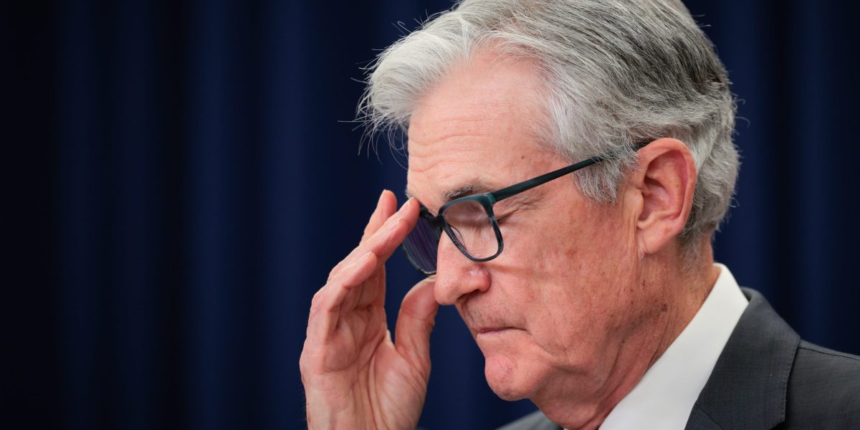Fed Governor Adriana Kugler announced Friday she is stepping down from her position earlier than expected, giving President Donald Trump the chance to expand his influence over the central bank as he calls for a revolt against Chairman Jerome Powell.
“IF HE CONTINUES TO REFUSE, THE BOARD SHOULD ASSUME CONTROL, AND DO WHAT EVERYONE KNOWS HAS TO BE DONE,” Trump added in the post.
Kugler’s departure gives Trump a relished opportunity to nominate a voting member to the FOMC and expand his influence. The FOMC sets the federal funds rate that Trump has been saying needs to come down. The committee is made up of the seven governors who serve on the Fed board, the New York Fed president, and four rotating regional Federal Reserve bank presidents.
Because interest rate decisions are decided by a simple majority vote by the FOMC’s 12 voting members, it’s possible Powell, who only gets one vote and no veto power, could be overridden. But it’s not likely, said Schulman.
“A handful of dissents shows the committee can grumble, but a successful revolt would need at least seven ‘nays’ against Powell, an inside-the-Fed version of turning the Succession board on Logan Roy,” he told Fortune, referring to the TV show about a corporate power struggle. “Odds remain low unless the data roll over hard or new appointees tip the balance.”
Yet, Powell still has ways he can fight back against Trump’s influence, if he chooses to, said Mark Spindel, senior adviser at F/m Investments and a co-author of The Myth of Independence: How Congress Governs the Federal Reserve.
Powell has made clear he will serve out the remainder of his term as Fed chairman until it expires in May, yet Spindel notes Powell can also remain on the board of governors afterwards because his term on the board, which ends in 2028, is independent of his four-year term as chairman.
“Powell sticking around for a while after his chairmanship would be a scenario by which he could keep the president from attaining a majority of the board of governors, preventing all sorts of weird dynamics, and making communication by the incoming chair more difficult,” Spindel told Fortune.
Powell has repeatedly declined to say whether he intends to stay on as Fed governor after his term as chairman ends.
It’s also unclear how Trump will react if the Fed cuts rates. The economy has been largely resilient in spite of uncertainty caused in part by the threat of tariffs on major U.S. trading partners, but cracks have started to emerge. The U.S. economy added only about 73,000 jobs last month, and gains in June and May were revised down sharply, according to the Bureau of Labor Statistics.
The new numbers were so stunning they upended the earlier narrative that the labor market was remarkably shock proof, which has colored the Fed’s stance on rates.
“It seems to me — and to almost the whole committee — that the economy is not performing as though restrictive policy is holding it back inappropriately,” Powell said.









